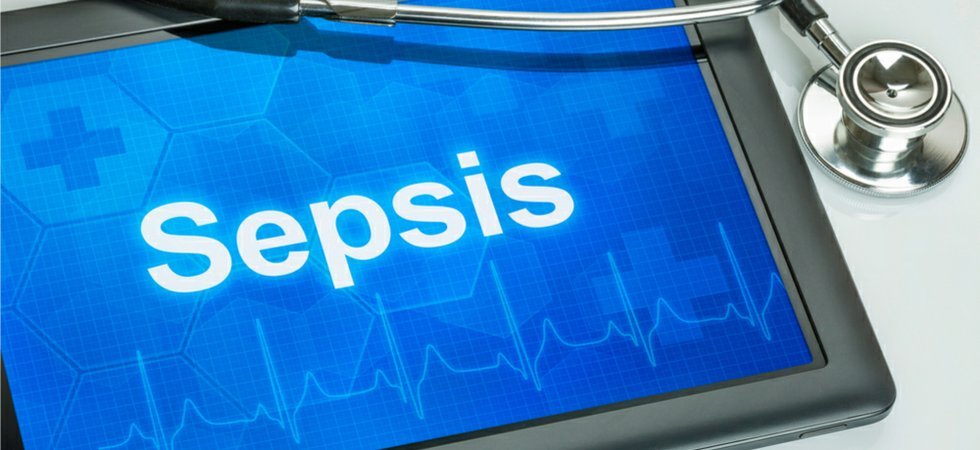Bridging the knowledge gaps to battle sepsis
October 08, 2020 | Thursday | Views
The need of the hour are gold standard diagnostic tests, advanced diagnostic systems and tests that can identify the cause of the infection.
Image credit- shutterstock.com
Pandemics are a wake-up call. They reflect what weakens and strengthens our healthcare systems, telling us where we stand in the bigger scheme of things when it comes to health threats. They also bring our attention back to the basics— infection prevention, the need for better infrastructure and role of medical advancements to prepare for the future.
As COVID-19 testing takes centre-stage and hospitals are frequented by thousands of infected patients, the situation has exposed a threat that has been looming large for years— sepsis. The disease found an important mention in the ‘Global Burden of Diseases Report’, where the World Health Organisation highlighted, “sepsis affected a staggering 48.9 million people and claimed 11 million lives worldwide in 2017.” Closer home, a global study published in The Lancet stated the India’s death rate from sepsis is higher than any other South Asian country, Afghanistan being an exception.
This makes us question, for a disease that is impacting millions of lives, what is causing it and where do we go from here?
The Disease and Cause: Understanding Sepsis
Sepsis is triggered by a local infection such as pneumonia in the lungs, an infected wound or UTI. When the bacteria from these infections flows into the blood stream, the immune system goes into overdrive in some cases, causing inflammation throughout the body. This interferes with the blood flow leading to a drop in blood pressure, making it difficult for the oxygen-rich blood to reach bodies other organs, leading to organ failures. In the worst cases, patient can die within hours. This is why it is so important to be attentive about the symptoms such as fever and chills, breathing difficulties, diarrhoea and vomiting, low urine production, among others.
When the inflammation is caused in the blood stream, it causes septic shock— decreased oxygenation of the tissues and low blood pressure caused by an infection. It happens when the infection overwhelms the body’s local fighting system.
Now, as we find ourselves battling a pandemic, the need to address infections, especially the ones that can turn into serious conditions like sepsis, is even more pronounced.
The Looming Threat: Sepsis, AMR and the COVID-19 Outbreak
When we speak about the challenge that sepsis is, the threat of anti-microbial resistance cannot be ignored. AMR stands in the way of sepsis treatment— when pathogens become resistant to antibiotics, it puts more people at risk of developing sepsis. Now, at a time when hospitals are flooded with COVID-19 patients, it is important to know that more than half of sepsis cases can be attributed to bacterial endotoxins that require rapid anti-microbial treatment. This is why it is imperative that we recognise the impact of AMR on sepsis treatment. In 2017, as the World Health Assemble adopted a solution on sepsis, the body recognised that (AMR) can potentially jeopardize clinical management of sepsis.
Looking at the Solutions
From improved sample collection and blood culture that offer greater diagnostics accuracy to innovative technologies like remote multi-site diagnostic result availability with digital infrastructure for faster decision-making and results that determine which anti-microbials are more effective than others, technology is transforming the way we treat and address sepsis. The need of the hour are gold standard diagnostic tests, advanced diagnostic systems and tests that can identify the cause of the infection.
Additionally, doctors must follow hygienic practices and ensure that they are following proper surgical site preparation, and standard practices for the prevention and control infections and resultant sepsis. Timely management and early diagnosis and key to fighting sepsis. It is important to understand that intensive care units are vulnerable spots to acquiring infections. At a time when our ICUs are flooded with COVID-19 patients, this becomes even more critical.
Prof Ashok Rattan, MD, MAMS Advisor, Quality, R & D, Knowledge Forum PathKind Labs, PathKind Diagnostics, New Delhi










